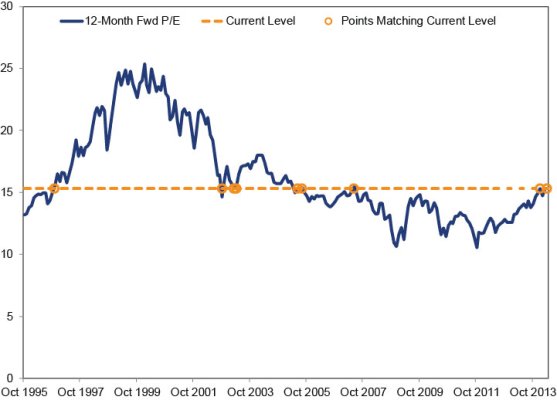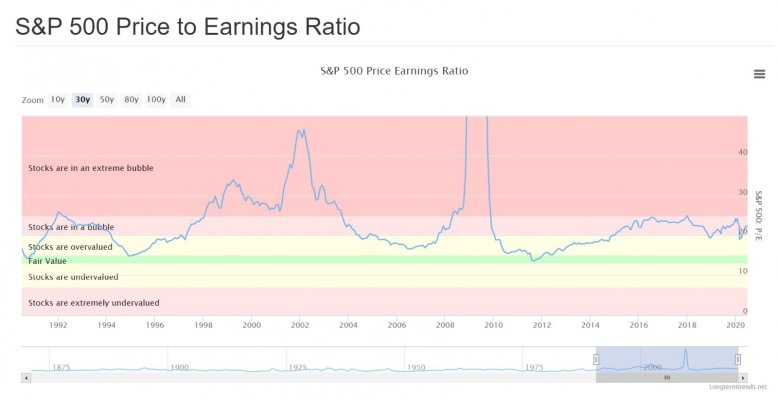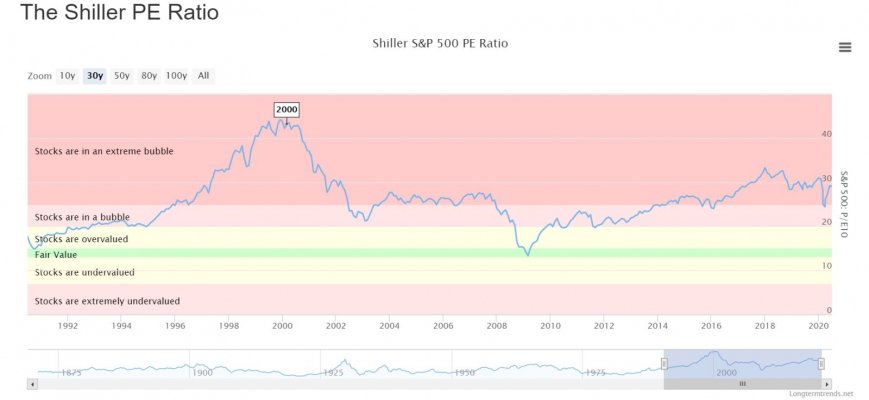walkinwood
Thinks s/he gets paid by the post
I’ll point out that AWSHX on the back test model using a starting point of 1985 and a starting balance of $1million and a 7% annual withdrawal had an ending balance thru last month of $3.3million for a CAGR of 3.3% after withdrawal. I am not a fan of this mutual fund due to expenses but it is a true real life test that survived through the 1987, 2000,2008,2020 meltdowns. It’s an old fund so the Calculations are not hypothetical.
Sounds very impressive, but how would a person have known that in 1985?
If that was your holding over all these years, congratulations! You picked a good one.
I wonder what a 100% investment in the S&P500 or total us market index in 1985 would have ended up with using the same withdrawal.
Last edited:



